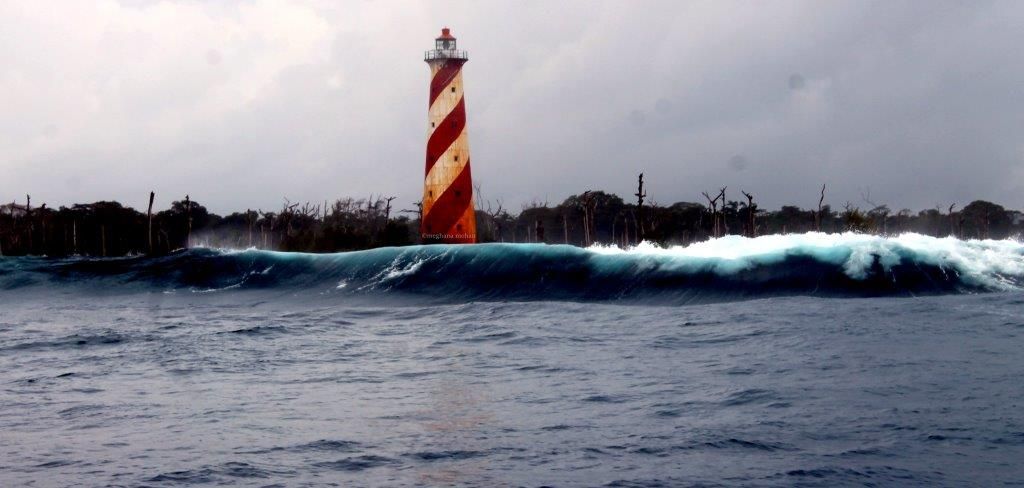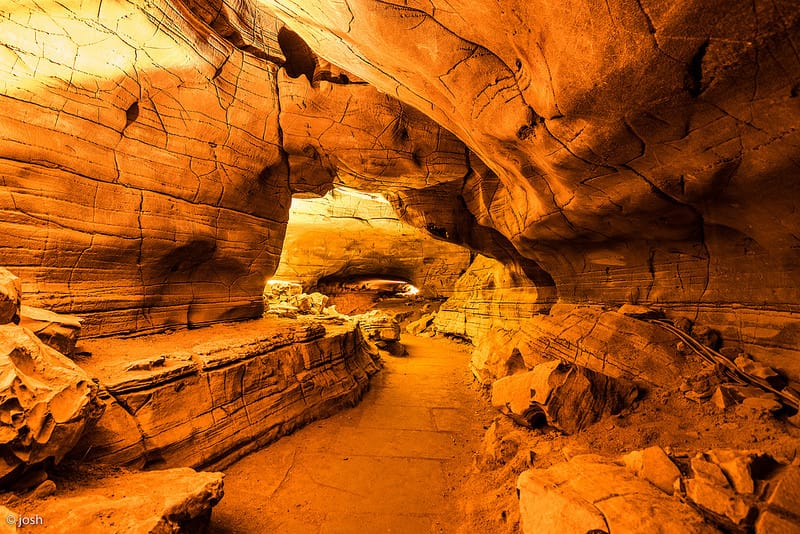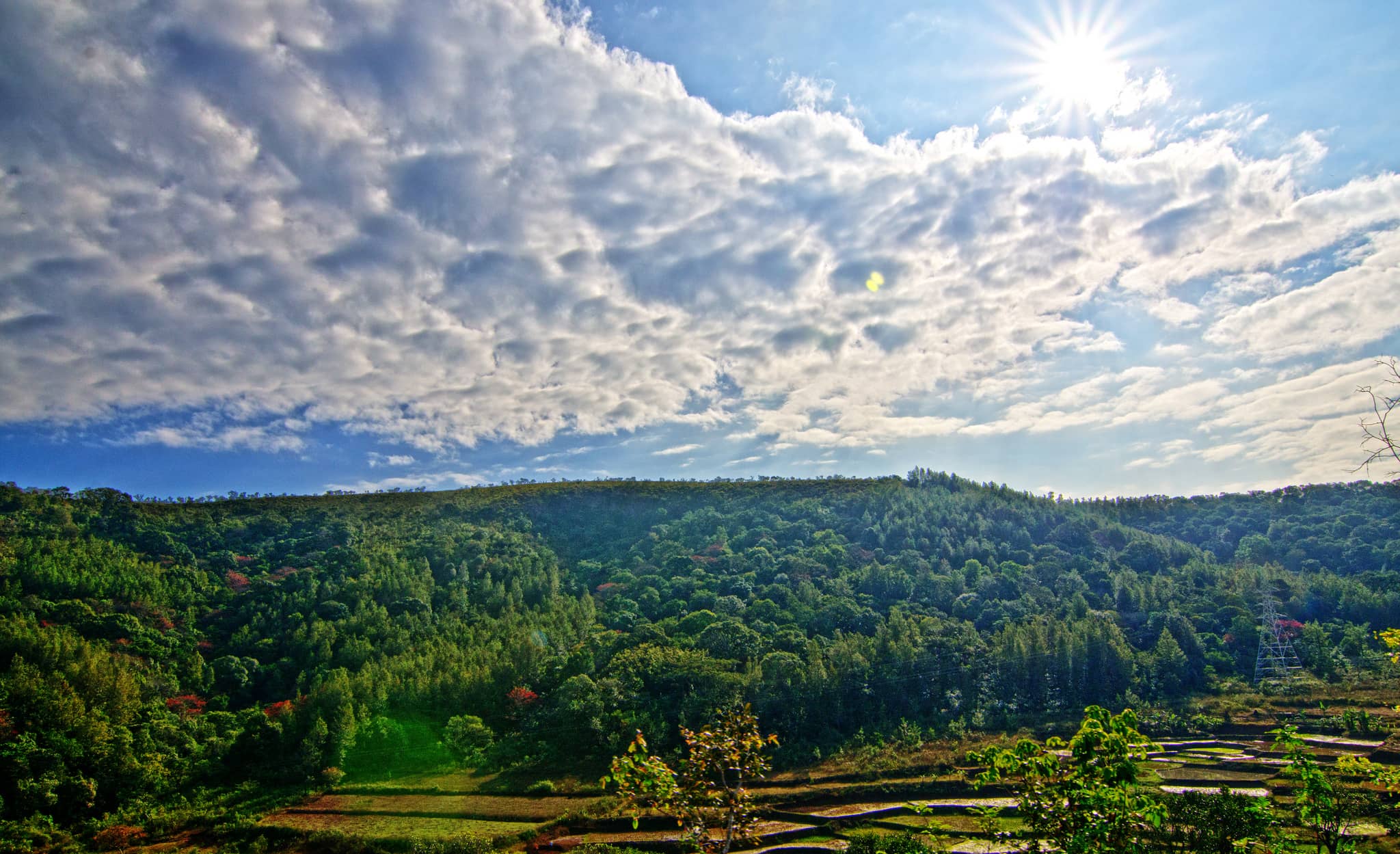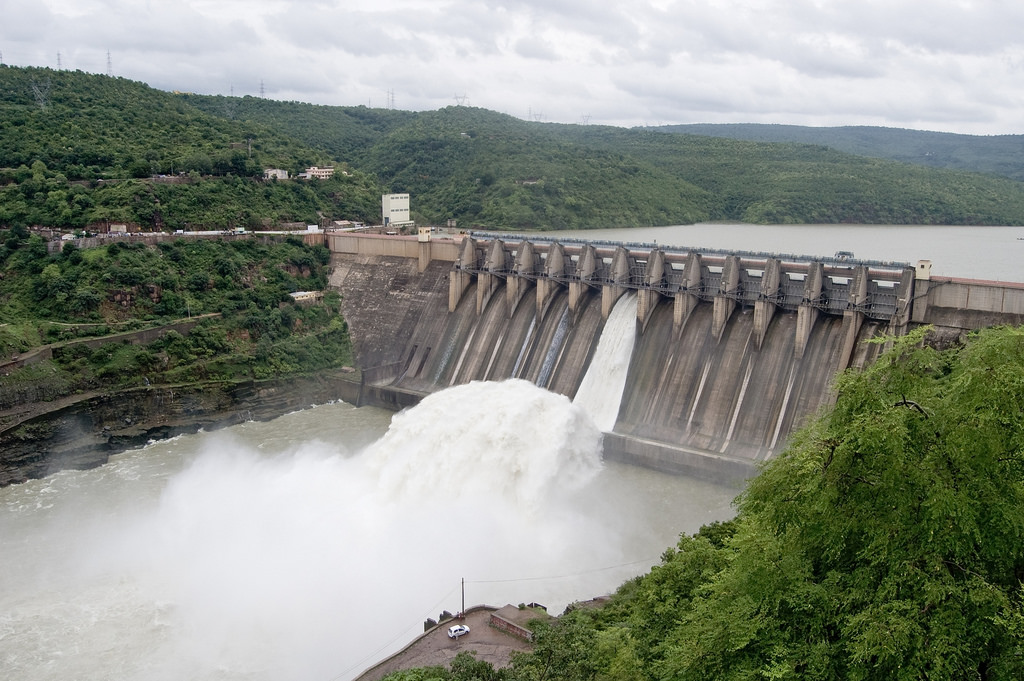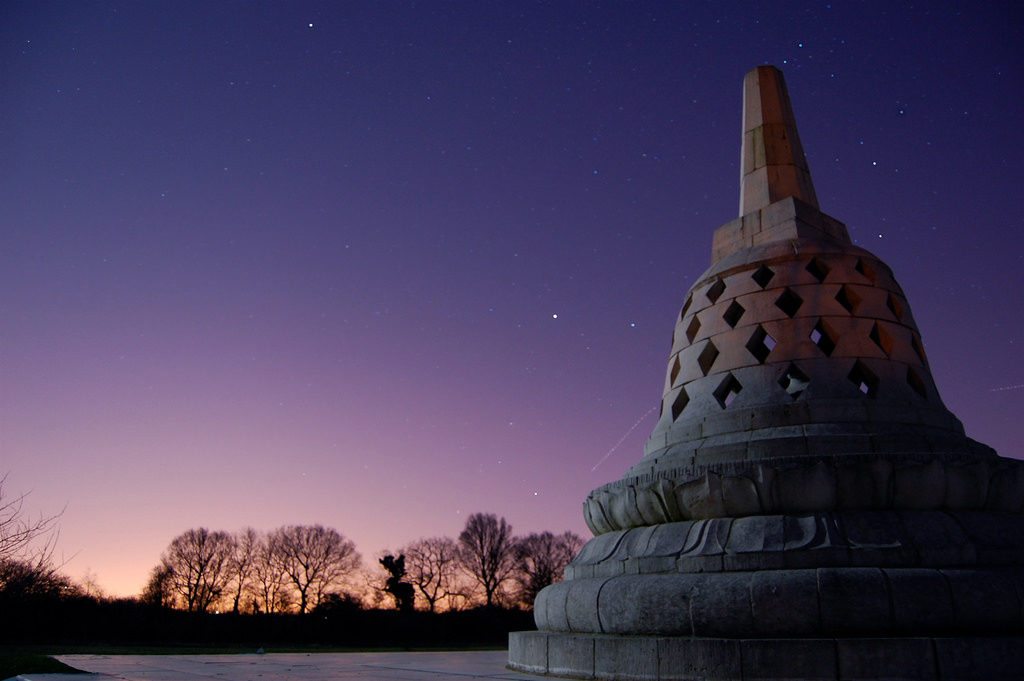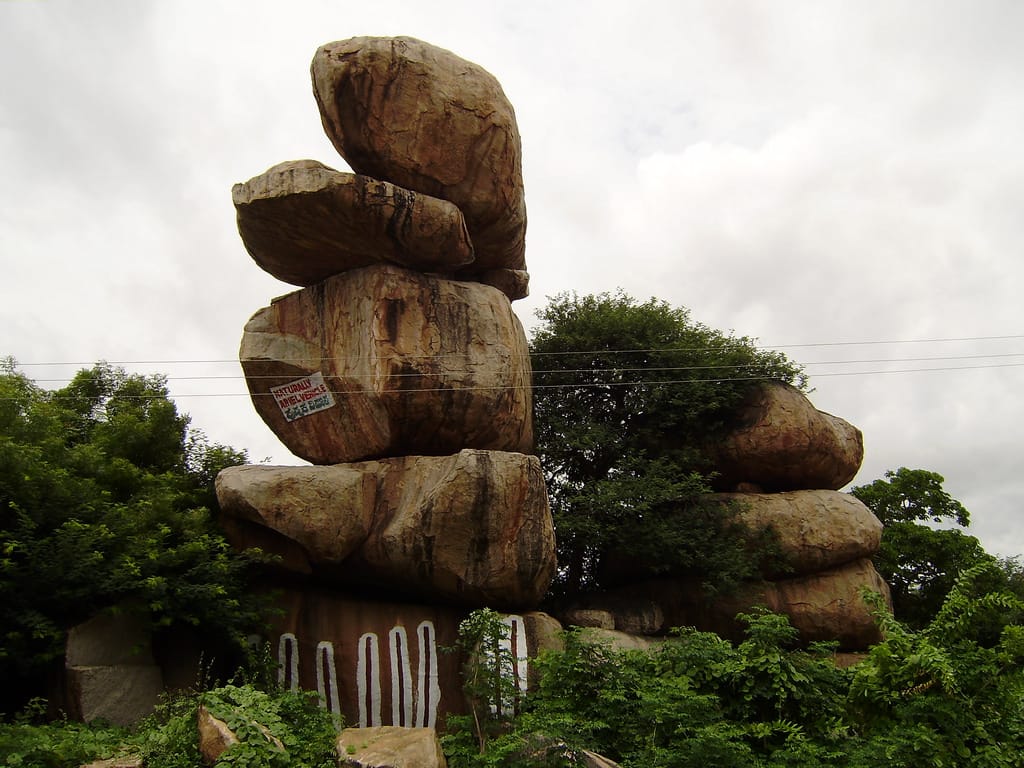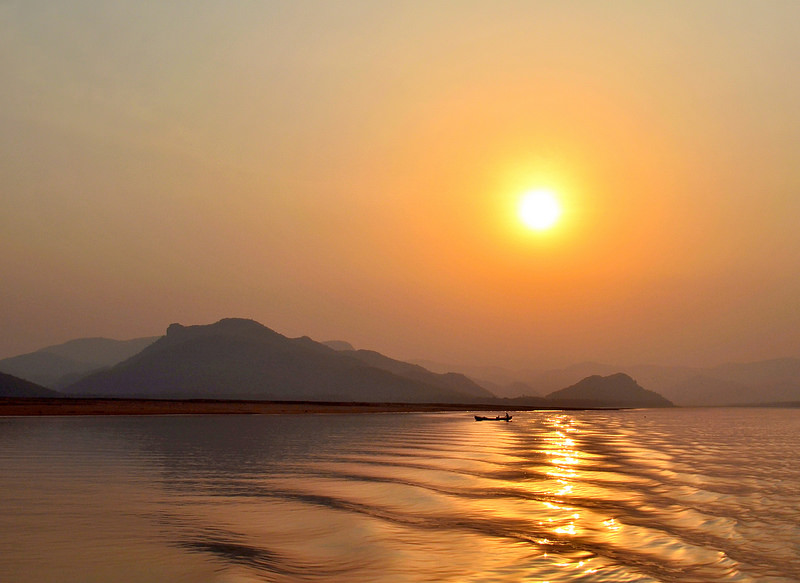Leh is a high-altitude desert city in the Himalayas, serving as the capital of the Leh region in Jammu and Kashmir (now part of Ladakh, India). Famed for its Tibetan Buddhist heritage, it houses landmarks like the 17th-century Leh Palace, Namgyal Tsemo Monastery, and Shanti Stupa. Surrounding monasteries such as Thikse showcase vibrant Tibetan art and spirituality. Adventure seekers flock to Khardung La Pass and the Indus-Zanskar river confluence for trekking and white-water rafting. Leh’s unique blend of cultural richness and rugged natural beauty makes it a top destination in northern India.
places to visit in Leh
Nubra Valley
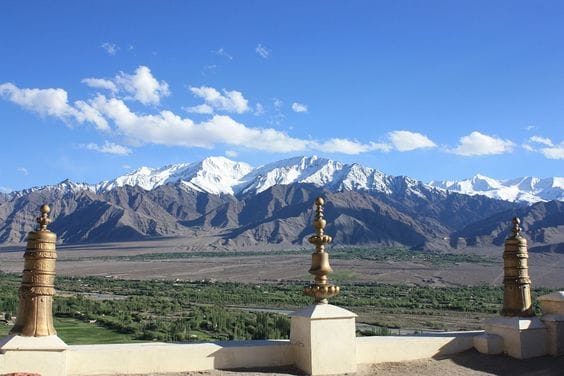
Nubra is a stunning tri-armed valley located northeast of Ladakh, with Diskit as its capital.
Famous for its cold desert landscape and sand dunes, it also features double-humped Bactrian camels.
The valley is reached via the high-altitude Khardung La Pass.
Lush greenery contrasts dramatically with arid mountains.
It’s also home to Diskit Monastery and the giant Maitreya Buddha statue.
Leh Palace
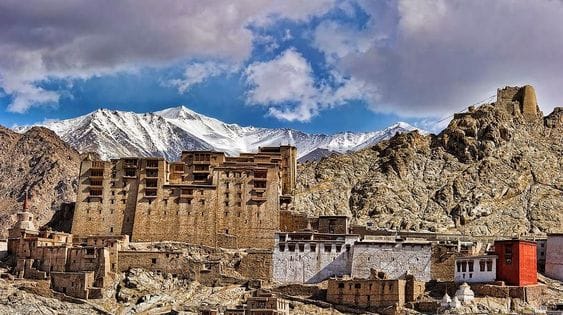
Built in the 17th century by King Sengge Namgyal, Leh Palace overlooks the city of Leh.
It resembles the Potala Palace of Lhasa in Tibet.
The palace once housed the royal family of Ladakh.
Its architecture is a classic example of medieval Tibetan style.
It now functions as a museum with ancient artifacts and panoramic views.
Magnet Hill
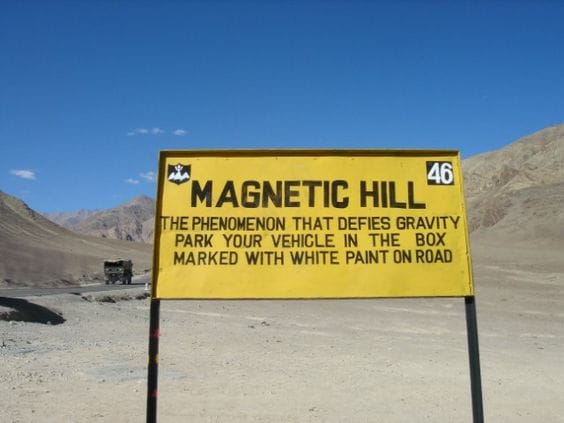
Magnet Hill is a popular optical illusion near Leh where vehicles appear to roll uphill.
The illusion is created by the unique layout of the surrounding slopes and road.
Located on the Leh-Kargil-Baltic National Highway.
It’s a favorite stopover for tourists heading toward the Zanskar valley.
Despite the myth, it’s not magnetic but visually deceptive.
Pangong Tso Lake
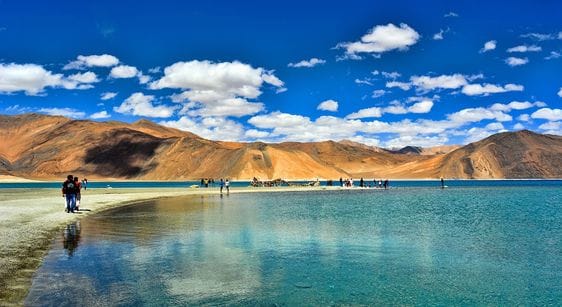
This high-altitude lake sits at 4,350 meters, stretching from India to Tibet.
Known for its surreal blue waters and ever-changing hues.
About 40% lies in India, while the rest is in China-controlled territory.
It’s a breeding ground for migratory birds and a photographer’s paradise.
Featured famously in Bollywood films like 3 Idiots.
Tso Moriri Lake
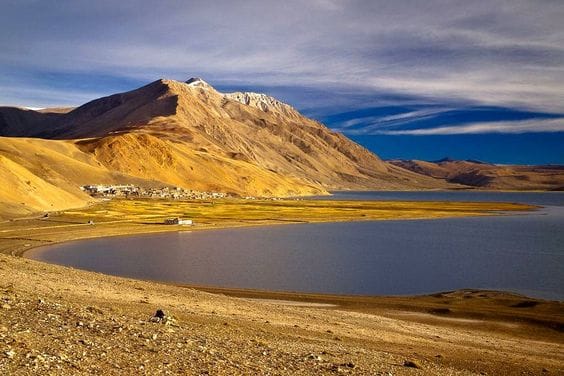
Tso Moriri is a remote, tranquil lake located on the Changthang plateau.
It’s protected as a wetland reserve and hosts rare species like the black-necked crane.
Surrounded by snow-capped peaks, it sits at 4,522 meters elevation.
The area is home to nomadic Changpa herders and rich in biodiversity.
Camping by the lake is a popular activity during the summer.
Spituk Gompa
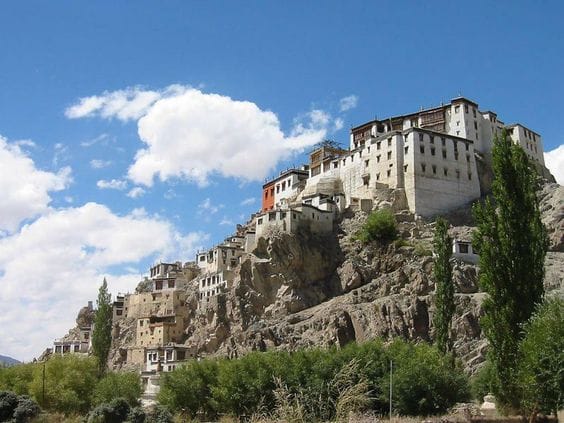
Located 8 km from Leh, Spituk Monastery dates back to the 11th century.
It houses a giant Kali statue unveiled during the annual Gustor Festival.
Perched on a hilltop, it offers panoramic views of the Indus Valley.
Spituk is a key center of the Gelugpa lineage of Tibetan Buddhism.
Visitors can explore ancient thangkas, masks, and ceremonial artifacts.
Hemis Monastery
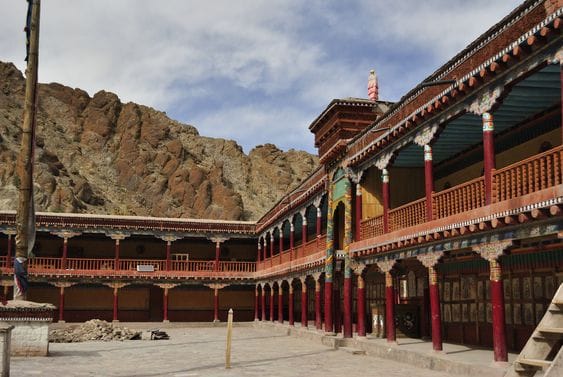
Hemis is the largest and wealthiest monastery in Ladakh.
Founded in the 17th century, it belongs to the Drukpa Kagyu lineage.
It’s famed for the vibrant Hemis Festival celebrated every June.
The monastery houses a massive 12-meter-tall statue of Guru Padmasambhava.
It also holds rare Buddhist texts, murals, and relics.
Lamayuru Monastery
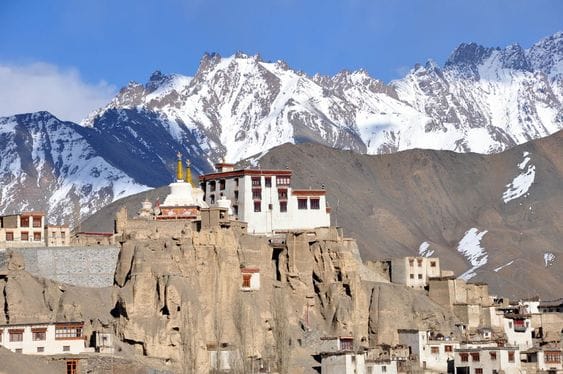
Lamayuru is one of Ladakh’s oldest monasteries, often called the “Moonland” due to its terrain.
Founded in the 11th century, it follows the Drikung Kagyu school of Tibetan Buddhism.
It’s perched dramatically on a hill along the Srinagar-Leh highway.
Famed for its caves and moonlike landscape carved by wind and water.
Hosts annual festivals drawing monks and devotees from across the region.
Zanskar River
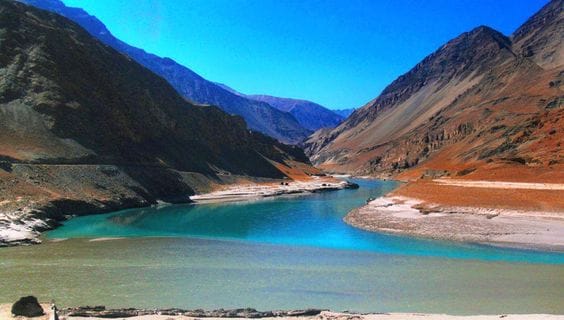
The Zanskar is a major tributary of the Indus River, popular for rafting in summer.
In winter, it turns into the frozen path for the Chadar Trek, a famous adventure trail.
The river cuts through steep gorges, offering stunning landscapes.
It flows through remote Zanskar valley, dotted with monasteries and ancient settlements.
Access is difficult but incredibly rewarding for thrill-seekers and trekkers.
Best time to visit Leh
The best time to visit Leh is during summer, from May to September, when all mountain passes are open.
Clear skies, pleasant weather (15°C to 30°C), and breathtaking views make it ideal for biking, trekking, and sightseeing.
Top attractions include Pangong Lake, Nubra Valley, Shanti Stupa, and Thiksey Monastery.
Monsoon months (July–August) bring light, scattered rains with temperatures between 3°C to 17°C.
Winters are harsh and snowy (0°C to -15°C), making travel risky due to closed roads and high-altitude passes.

